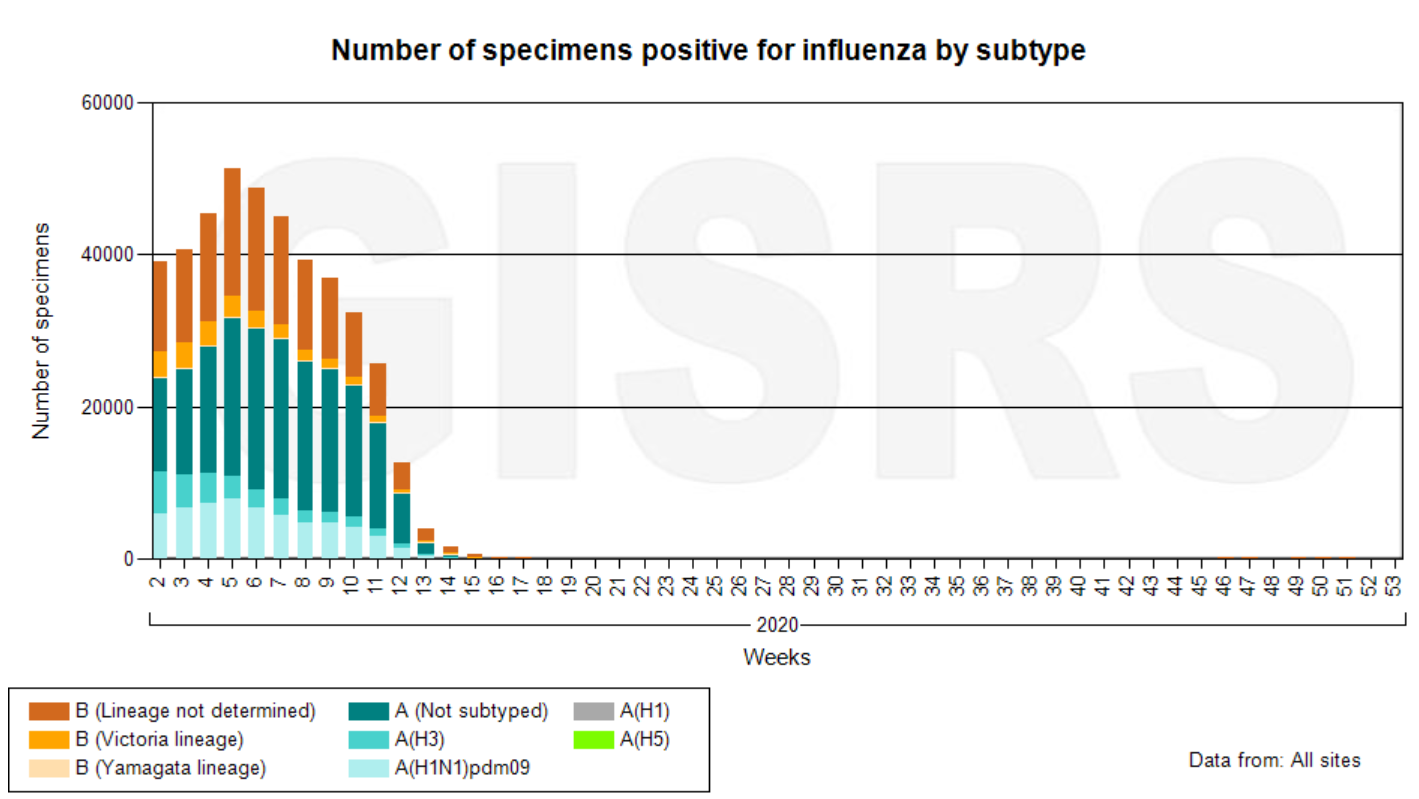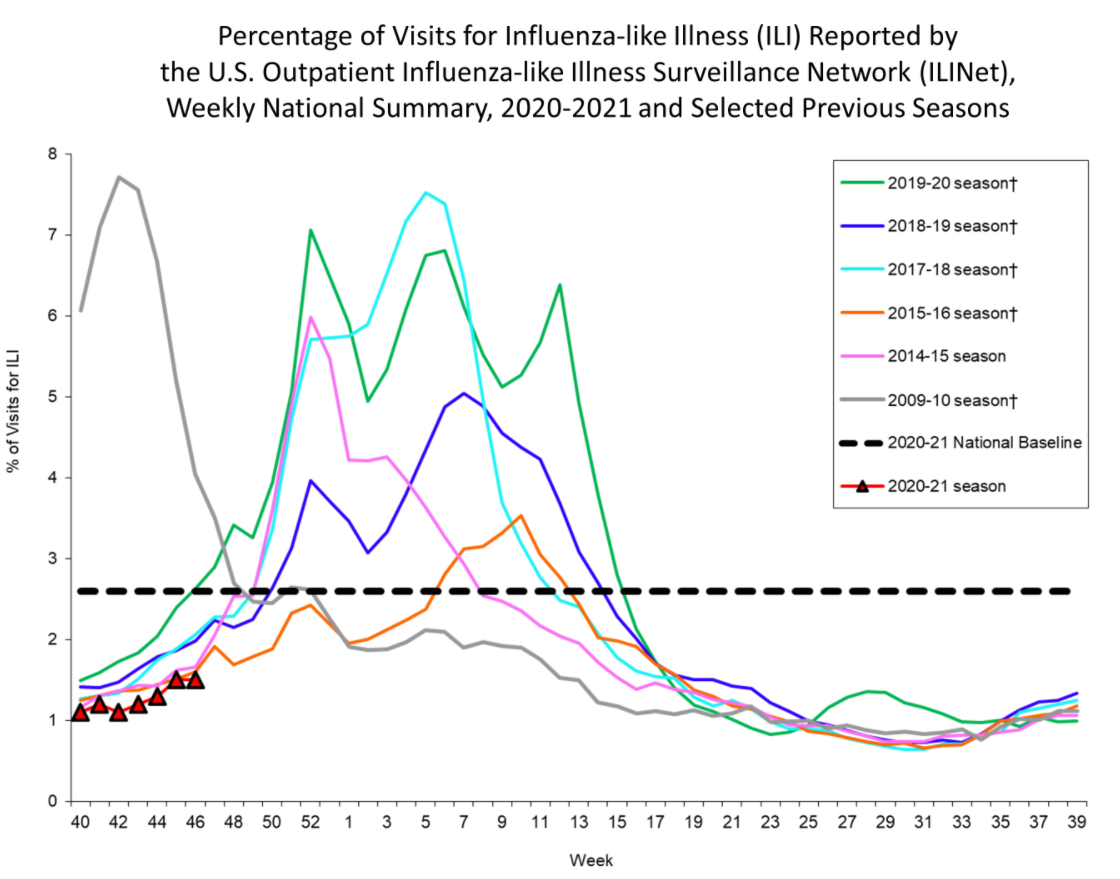I. Definition
RTI is defined as any infectious disease of the upper or lower respiratory tract. Upper respiratory tract infections (URTIs) include the common cold, laryngitis, pharyngitis/tonsillitis, rhinitis, rhinosinusitis/sinusitis and otitis media. Lower respiratory tract infections (LRTIs) include bronchitis, bronchiolitis, pneumonia and tracheitis. The five common respiratory tract infections that are covered by this guideline are: the common cold, pharyngitis/tonsillitis, rhinosinusitis/sinusitis, acute otitis media and acute cough/acute bronchitis.
II. Epidemiology
Respiratory infections often have strong seasonal patterns, with temperate climates more affected during the winter. Several factors explain winter peaks in respiratory infections, including environmental conditions and changes in human behaviors. Viruses that cause respiratory infections are affected by environmental conditions like relative humidity and temperature. Temperate climate winters have lower relative humidity, which is known to increase the transmission of influenza.
Of the viruses that cause respiratory infections in humans, most have seasonal variation in prevalence. Influenza, Human orthopneumovirus (RSV), and human coronaviruses are more prevalent in the winter. Human bocavirus and Human metapneumovirus occur year-round, rhinoviruses (which cause the common cold) occur mostly in the spring and fall, and human parainfluenza viruses have variable peaks depending on the specific strain. Enteroviruses, with the exception of rhinoviruses, tend to peak in the summer.
Amount all the RTIs, the COVID-19 and Influenza are spreading.
III.COVID-19
Pathogen
Coronaviruses are a large family of viruses that can cause illness in animals or humans. In humans there are several known coronaviruses that cause respiratory infections. These coronaviruses range from the common cold to more severe diseases such as severe acute respiratory syndrome (SARS), Middle East respiratory syndrome (MERS), and COVID-19.
COVID-19, the respiratory illness responsible for the COVID-19 pandemic, is a contagious disease caused by sever acute respiratory syndrome coronavirus 2 (SARS-CoV-2), which also named as 2019 novel coronavirus (2019-nCoV).
Epidemiology
The strain is thought to have been detected by health authorities within weeks of its emergence among the human population in late 2019. It then spread to more than 150 other countries across the world.
The basic reproduction number of the virus has been estimated to be around 5.7. This means each infection from the virus is expected to result in 5.7 new infections when no members of the community are immune and no preventive measures are taken. The reproduction number may be higher in densely populated conditions such as those found on cruise ships. Many forms of preventive efforts may be employed in specific circumstances to reduce the propagation of the virus.
As of 8 January 2021, there have been 88,005,213 total confirmed cases of SARS-CoV-2 infection in the ongoing pandemic. The total number of deaths attributed to the virus is 1,897,568. Many recoveries from both confirmed and untested infections go unreported, since some countries do not collect this data, but at least 49,053,101 people have recovered from confirmed infections.
Symptoms
COVID-19 affects different people in different ways. Most infected people will develop mild to moderate illness and recover without hospitalization.
Most common symptoms:
fever.
dry cough.
tiredness.
Less common symptoms:
aches and pains.
sore throat.
diarrhoea.
conjunctivitis.
headache.
loss of taste or smell.
a rash on skin, or discolouration of fingers or toes.
Serious symptoms:
difficulty breathing or shortness of breath.
chest pain or pressure.
loss of speech or movement.
On average it takes 5–6 days from when someone is infected with the virus for symptoms to show, however it can take up to 14 days.
Diagnosis
A viral test tells you if you have a current infection. Viral test including nucleic acid tests and antigen tests.
An antibody test might tell you if you had a past infection, an important tool for surveillance and epidemiologic studies, such as understanding the transmission dynamic of the virus in the general population.
Treatment
Currently, care for patients with COVID-19 is primarily supportive. Care is given to patients to help relieve symptoms and manage respiratory and other organ failure. There are currently no specific antiviral treatments licensed for COVID-19, however many treatments are under investigation. Remdesivir, which is also an investigational drug, received Food and Drug Administration (FDA) emergency use authorization for treatment of hospitalized patients. Finally, a few vaccines are currently available.
IV. Influenza
Pathogen
Influenza (also known as “Flu”) usually refer to a large-scale concept of illness caused by influenza virus infecting both human beings and animals. Seasonal influenza viruses include 4 types, among which the Influenza A and B viruses can cause seasonal epidemics of disease. With its pathogen of high variation and spread capability, flu usually occur outside of the so called “flu season” as people predicted as well.
Influenza A (Flu A) viruses is the only reported type of influenza virus which had caused pandemic worldwide. It has many sub-types classified and recognized according to different combinations of two types of proteins called the hemagglutinin (HA) and the neuraminidase (NA) on the viruses’ surface. Subtype A(H1N1) and A(H3N2) of Flu A are currently circulating in humans.
Unlike Flu A, Influenza B (Flu B) viruses are classified into lineages called B/Yamagata or B/Victoria lineage, taking turn to routinely spread in human beings every year.
Influenza Laboratory Surveillance Information generated on 08/01/2021

Credit: Global Influenza Surveillance and Response System (GISRS)
Epidemiology
Influenza is usually considered to be spread via infectious droplets dispersed into the air when patients cough or sneeze to infect persons stay closed, while hands contaminated with influenza viruses as another common access of infection cannot be neglected as well.
Seasonal influenza may mainly occur during winter. However, it may also cause epidemic outbreaks in tropical regions more irregularly.

Despite the whole population can be infected by influenza viruses, there are certain groups that will be at greater risk of severe diseases or complications after being infected including pregnant women, children under 59 months, the elderly, individuals with chronic medical and immunosuppressive conditions. Furthermore, there are groups at higher risk of being infected such as health care workers exposed to the influenza viruses much more frequently than others. Several outbreaks of influenza in human history had caused millions of deaths worldwide.
| |
Duration
|
Estimated Death Worldwide
|
Flu Type
|
Sub-type of Flu
|
|
Spanish Flu
|
1918-1920
|
50 million
|
Flu A
|
H1N1
|
|
Asian Flu
|
1957-1958
|
1.1 million
|
Flu A
|
H2N2
|
|
Hong Kong Flu
|
1968-1969
|
1 million
|
Flu A
|
H3N2
|
|
H1N1/09 Flu
|
2009-2010
|
151~575 thousand
|
Flu A
|

